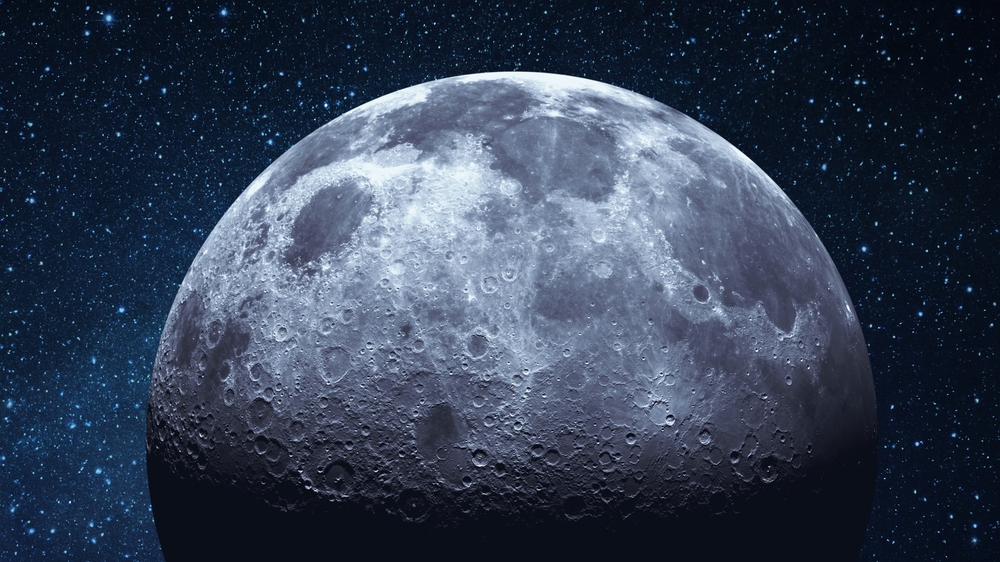The change is invisible year by year, but over millennia it could lengthen our days, alter tides, and even bring an end to total solar eclipses.
Others are reading now
The change is invisible year by year, but over millennia it could lengthen our days, alter tides, and even bring an end to total solar eclipses.
Earth’s Closest Neighbor
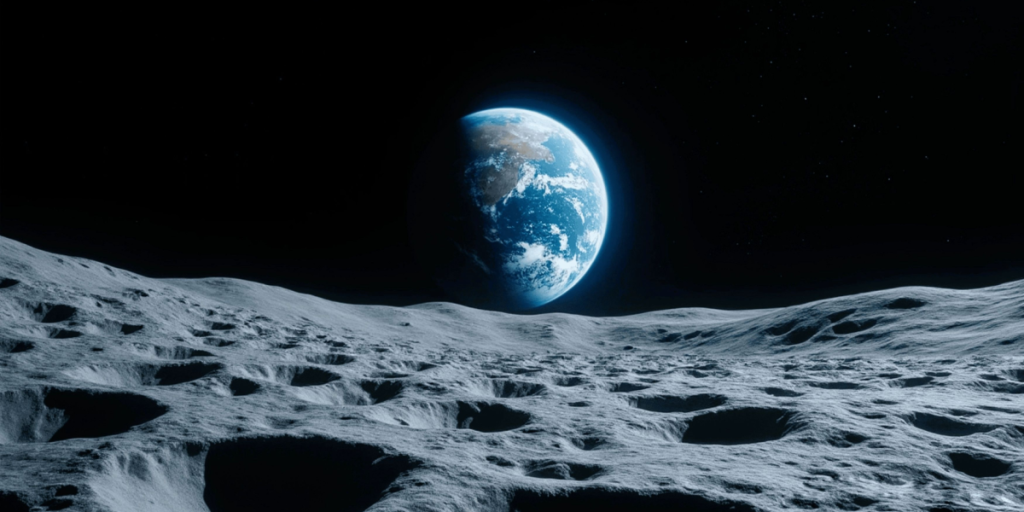
The Moon, orbiting about 384,400 kilometers away, is Earth’s constant companion. Its gravitational pull influences tides, stabilizes our planet’s tilt, and has shaped life for billions of years.
A Subtle but Real Retreat

Since the 1960s, laser reflectors placed on the lunar surface have allowed scientists to measure its distance precisely. They discovered the Moon drifts away at about 3.8 centimeters annually.
Why the Moon Is Drifting Away

The Moon’s gravity pulls at Earth’s oceans, creating tidal bulges. Because Earth rotates faster than the Moon orbits, these bulges shift forward and drag on the Moon, pushing it outward.
A Brake on Earth’s Rotation
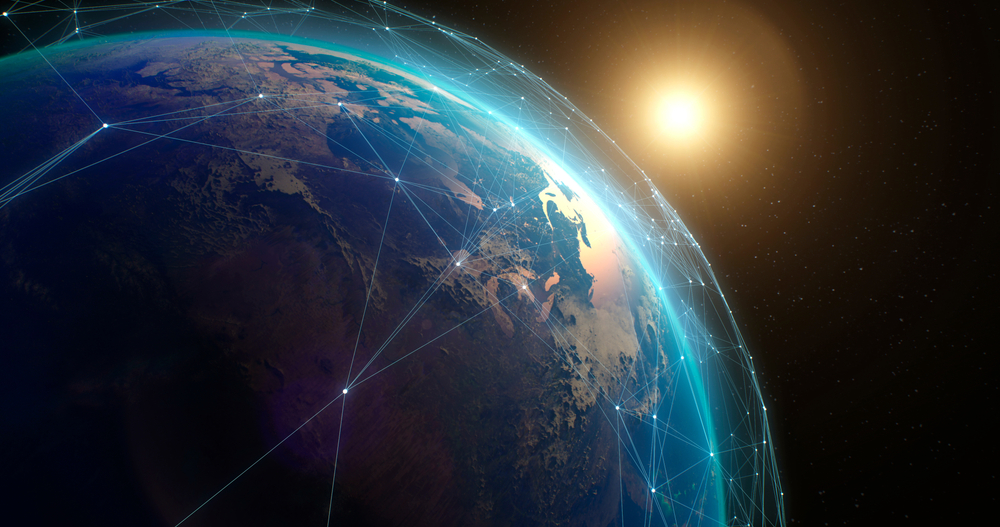
This same tidal interaction slows Earth’s spin, acting as a subtle brake. Over vast timescales, the length of a day on Earth is slowly but steadily increasing.
Also read
Days Were Once Shorter

Hundreds of millions of years ago, Earth’s days lasted just 23.5 hours. Today they are 24 hours long, a change driven by the Moon’s steady retreat and its effect on our planet’s rotation.
The Long-Term Outlook
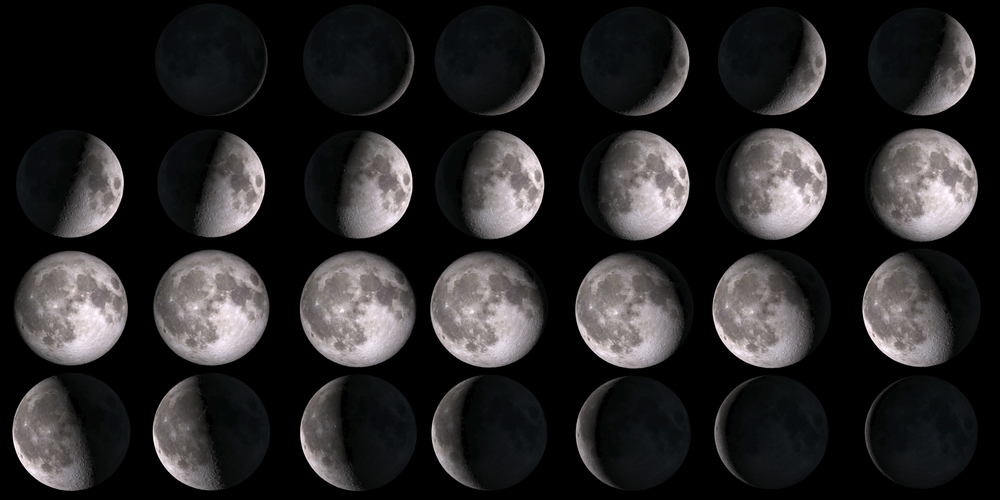
If the process continues, days on Earth could eventually stretch to match the Moon’s orbital period—nearly 29.5 Earth days—radically altering the planet’s rhythms.
What Happens to Eclipses
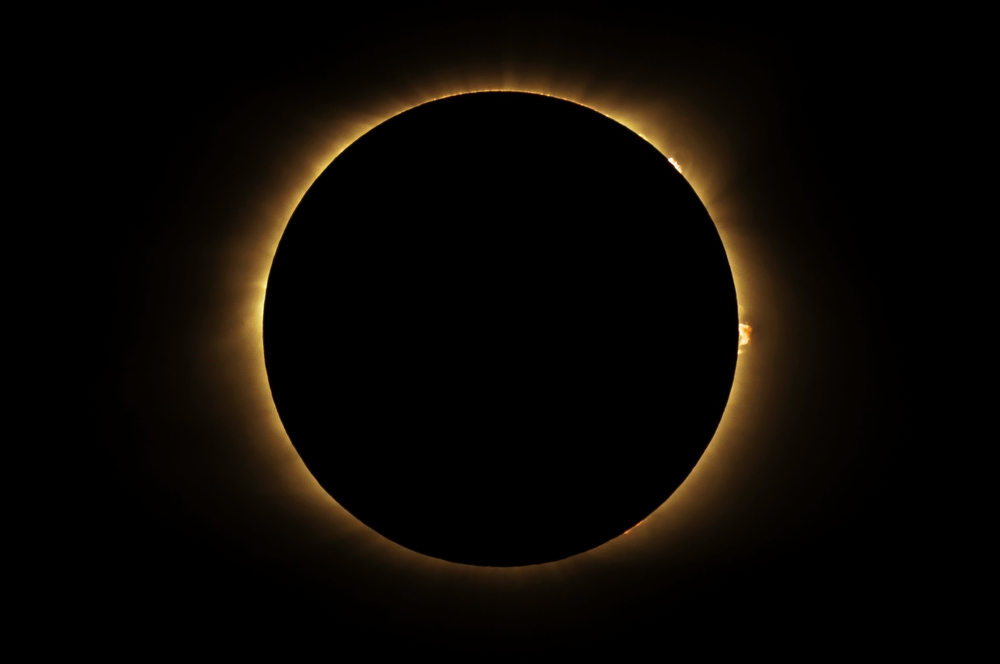
As the Moon moves farther away, it will appear smaller in the sky. One day, it will no longer be able to completely cover the Sun, ending the era of total solar eclipses.
Earth and Moon in Lockstep
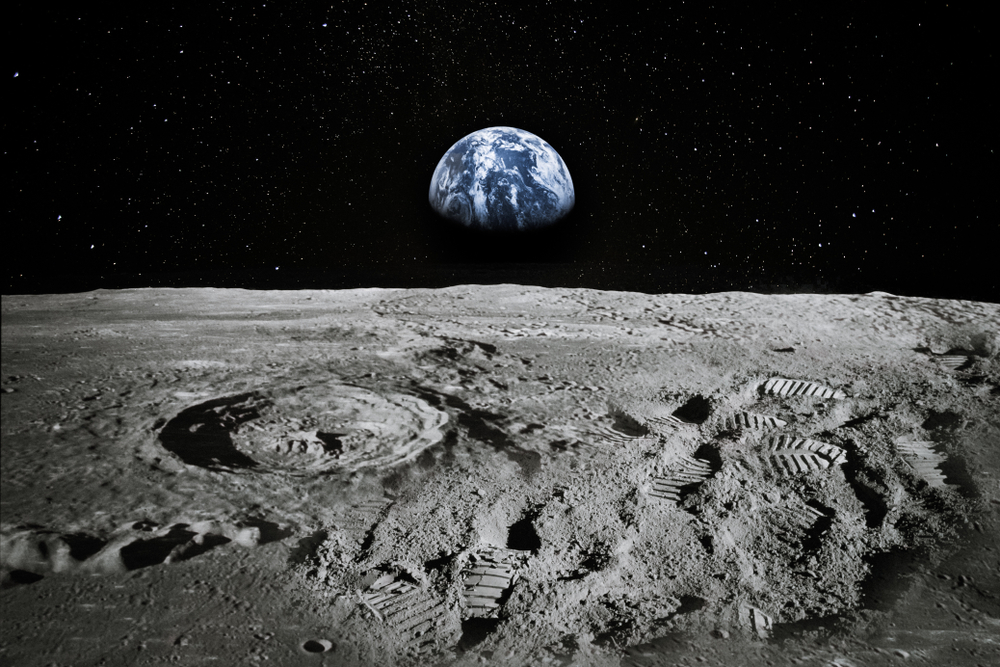
In the far future, Earth may become tidally locked to the Moon, always showing the same face to it—just as the Moon already always shows one face to Earth.
Measuring the Distance

The discovery relies on lunar laser ranging. Beams fired from Earth bounce off reflectors left on the surface, allowing scientists to calculate the Moon’s distance with extreme precision.
Also read
Not a Perfect Constant
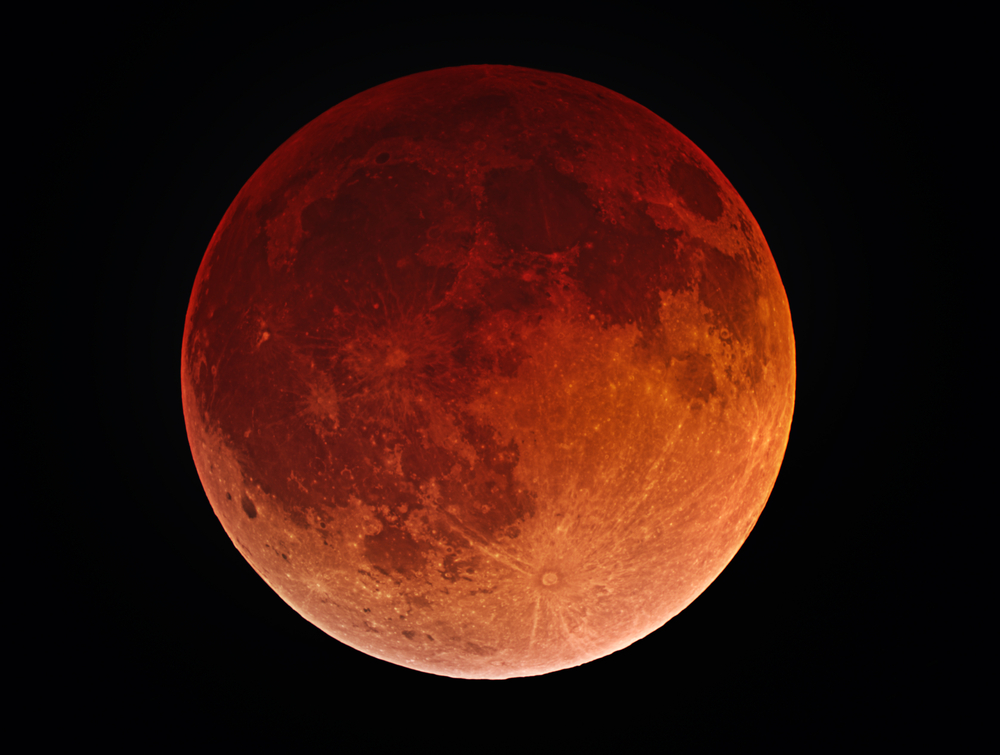
The Moon’s retreat isn’t uniform. Astronomers have recorded periods of greater stability and times when the distance widened more quickly, showing the process is complex.
A Slow but Profound Change
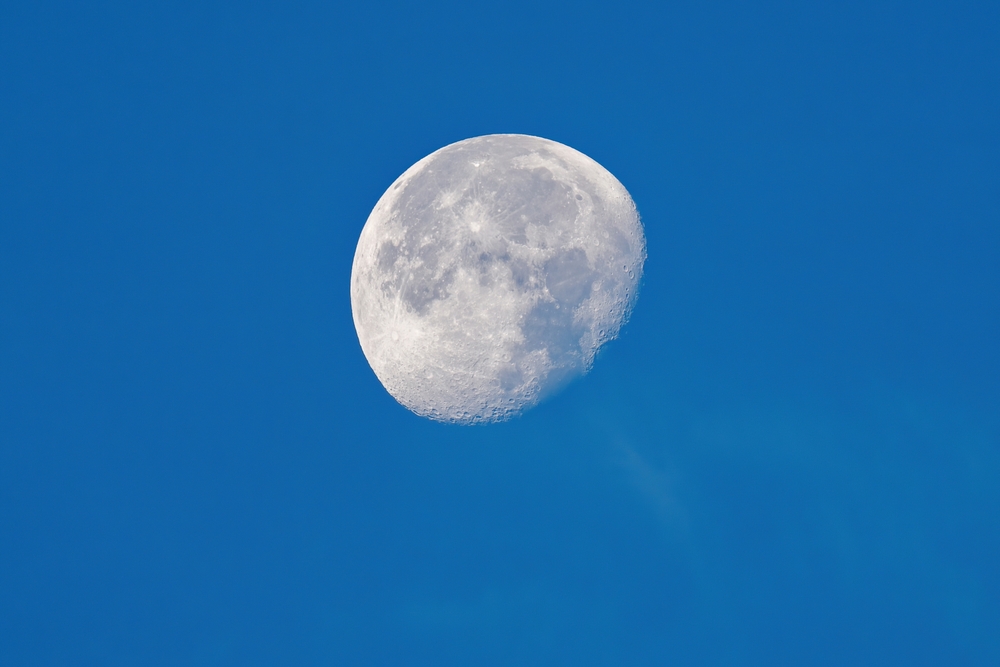
Though barely perceptible within a human lifetime, this gradual shift has major implications for the Earth-Moon system over millions of years.
Why Scientists Keep Watching

By tracking the Moon’s slow drift, researchers gain insights into Earth’s rotation, tides, and planetary evolution—reminders that even the most familiar celestial bodies are never truly still.

